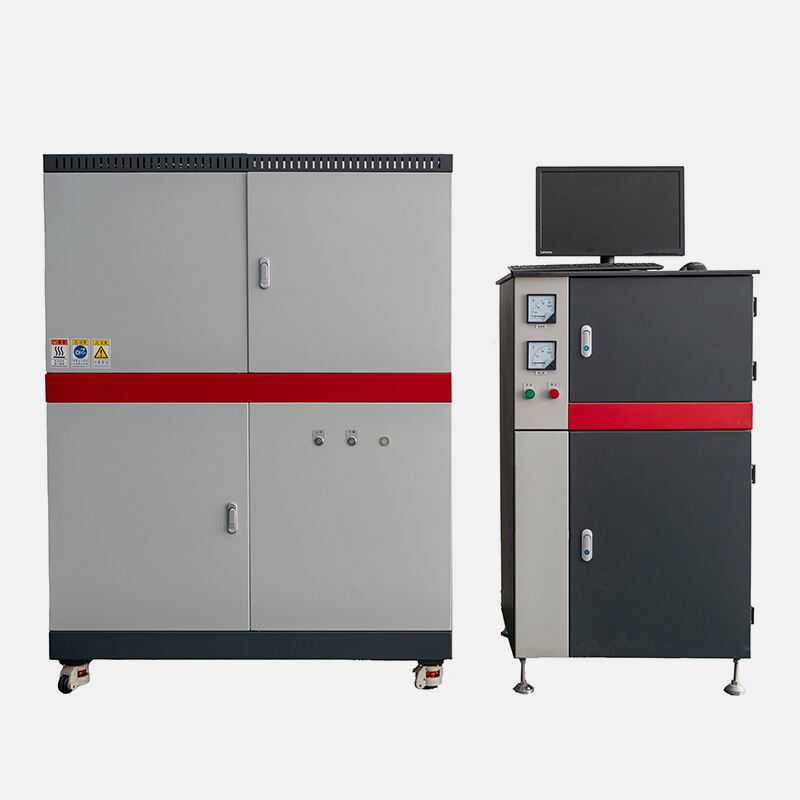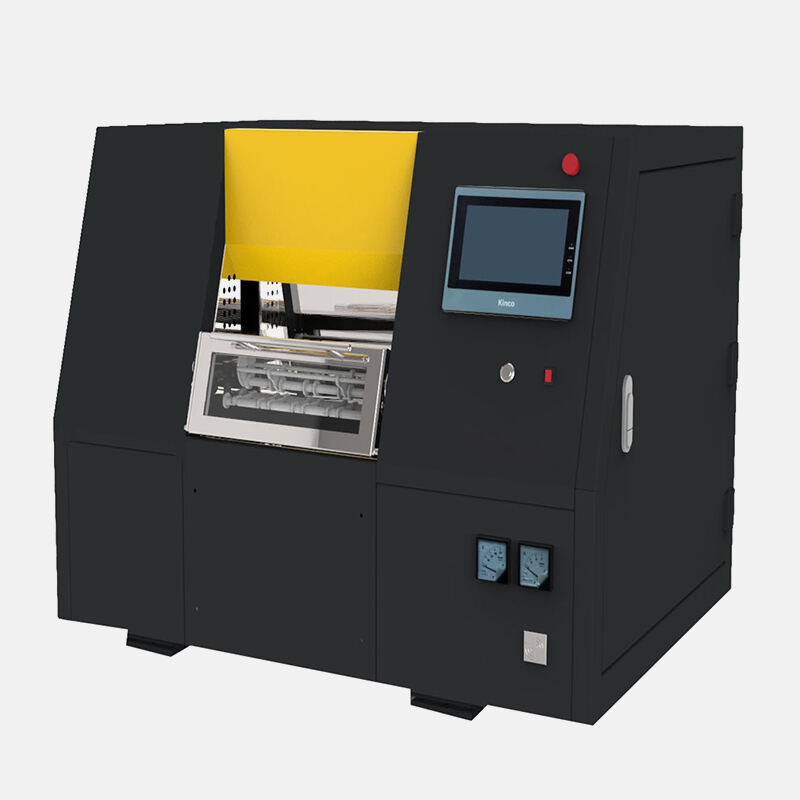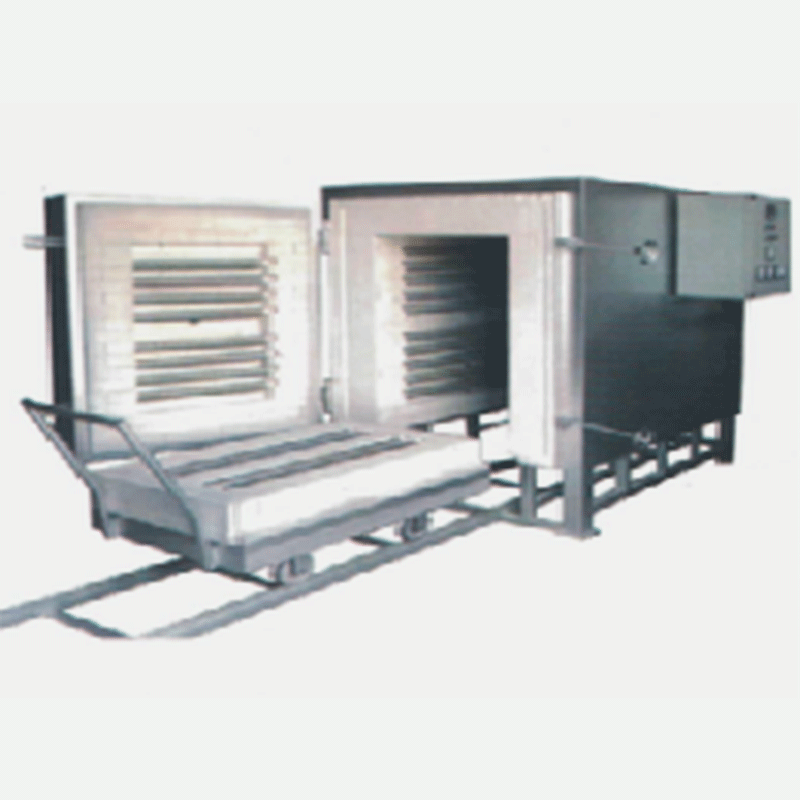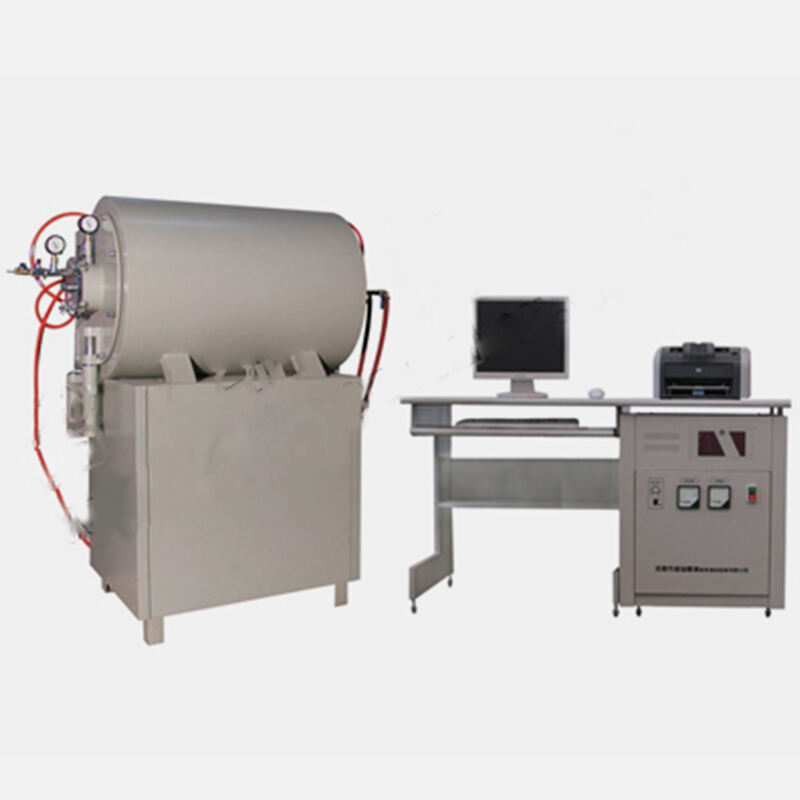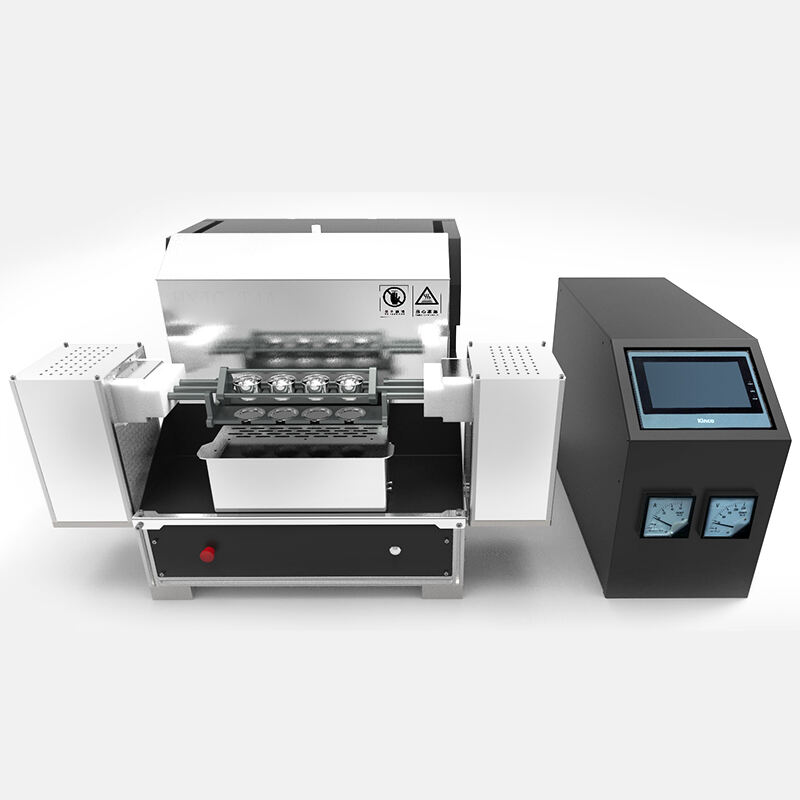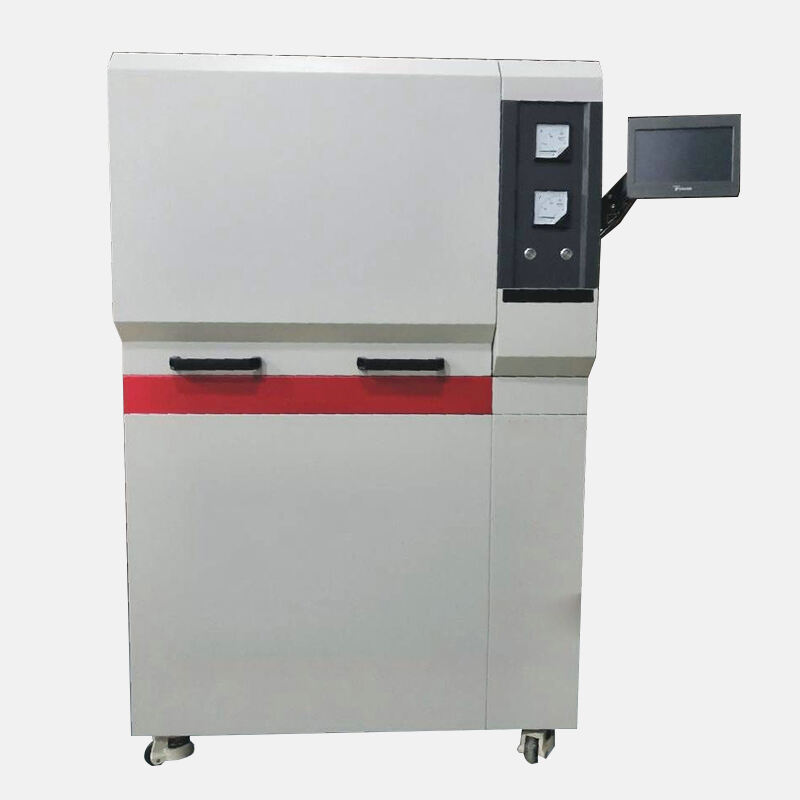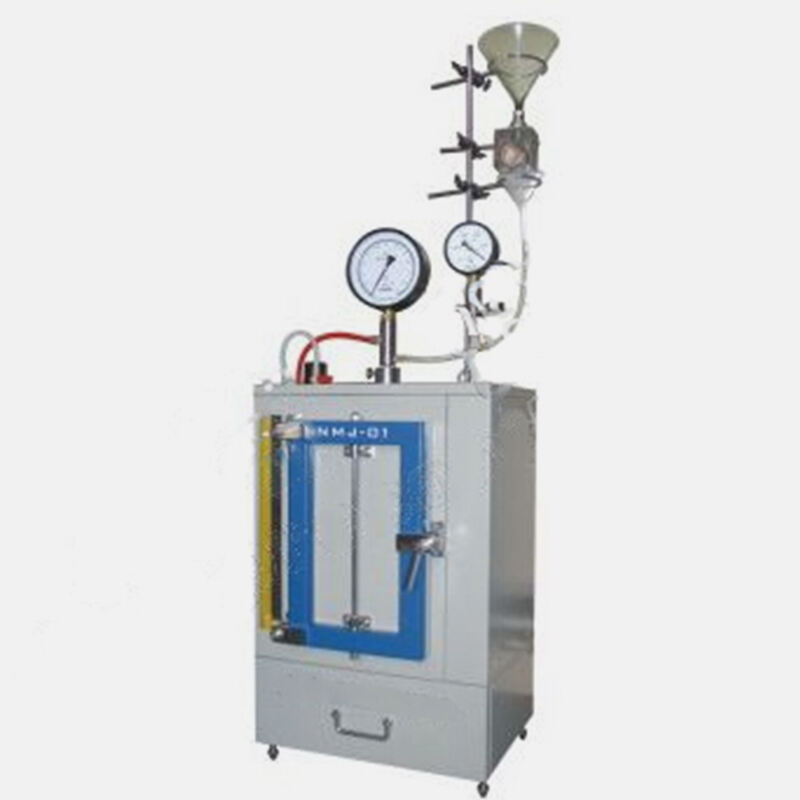The structure and soot blowing process of soot blowing furnace
There are many people who don't know what an ash blowing furnace is, its structure and the ash blowing process. Today, this article will tell you something about it.
First, let's take a look at the scope of application of the ash blowing furnace: Among non-ferrous metals, this furnace is suitable for smelting crude copper, recycled copper, nickel secondary matte, and copper-nickel secondary matte.
The blowing is carried out in a horizontal blowing furnace. The blowing furnace is a cylindrical container with a furnace shell made of boiler steel plates and lined with refractory bricks. There is a hole at the top of the furnace, which is the furnace mouth, and the steel tuyere is along the cylinder. The ash blowing furnace is supported by two rings on the cylinder base on four pairs of rollers, and the rollers are driven to rotate by gears.
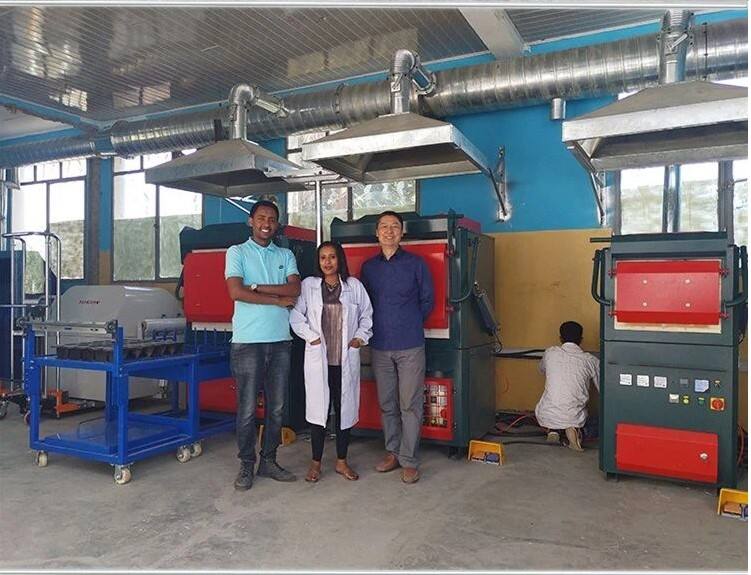
The refractory masonry of the ash blowing furnace is divided into the following parts: bottom, tuyere belt, upper tuyere area, top, rear tuyere area and end.
The masonry is made of magnesia bricks or chrome-magnesia bricks, the tuyere belt is built with magnesium oxide and water glass mixed cement, and the rest of the components are dry-laid. According to the wear rate of the lining of the refractory masonry components, the thickness of the furnace roof masonry is 230mm, the rear tuyere area and the furnace bottom is 330mm, and the tuyere belt, upper tuyere area and the end are 460mm. The masonry of the tuyere belt, upper tuyere area and the reverse tuyere area adopts one layer of brick masonry.
Masonry, especially the tuyere belt, is built with two layers of standard size bricks, which will reduce the life of the lining. The radial lining of the upper tuyere area turns to the tuyere belt and the tuyere slope turns to the horizontal plane with special-shaped bricks. Rectangular bricks and wedge-shaped bricks are laid at the bottom and both ends. The space between the refractory masonry and the shell is filled with crushed magnesite.
The lead buckle obtained after melting is placed in the sootblowing furnace, and the temperature is controlled to melt at 900℃. At this time, the molten lead contacts with oxygen in the air and turns into lead oxide, and most of the PU3 is absorbed by the porous ash dish due to surface tension. A small part volatilizes, and gold and silver are not oxidized, and are combined into particles and left in the sootblowing furnace. According to metallurgy, the oxidation smelting process above the melting point of metal oxides is called the soot blowing process, so we call this separation method the soot blowing process.
The above is about the structure of the soot blowing furnace and the soot blowing process. Everyone must use the correct method when using this soot blowing furnace.
Recommended Products
Hot News
-
What are the maintenance measures for air permeability tester?
2025-04-02
-
What is the difference between the one-key pre-oxidation alloy melting machine and the ordinary melting machine?
2025-03-25
-
Craftsmanship creates quality! Nanyang JZJ Testing Company successfully delivered 10set customized high-temperature muffle furnaces to help the high-quality development of the refractory industry
2025-03-17
-
How to open the door of a high temperature muffle furnace at high temperature
2025-03-11
-
How to control the heating temperature and time of the multi-function melting machine?
2025-03-05
-
The biggest advantage of the automatic melting machine fusion method
2025-02-25
-
Together we build a quality future - South African customers purchased 3set of T6 melting machines in batches and delivered them successfully, and efficient services help global mining upgrades
2025-02-22
-
Detailed analysis of the advantages of using high-frequency induction multifunctional fusion machine
2025-02-18
-
Indian customers mailed samples to our company
2025-02-11
-
How to avoid uneven temperature distribution in muffle furnace?
2025-02-06

 EN
EN
 AR
AR
 BG
BG
 FR
FR
 DE
DE
 HI
HI
 IT
IT
 PL
PL
 PT
PT
 RU
RU
 ES
ES
 TL
TL
 IW
IW
 ID
ID
 UK
UK
 VI
VI
 TH
TH
 TR
TR
 FA
FA
 MS
MS
 UR
UR
 BN
BN
 KM
KM
 LO
LO
 PA
PA
 MY
MY
 KK
KK

